Fruit Battery with Charging Concept for Oil Palm Maturity Sensor
Abstract
1. Introduction
2. Basic Concept of Fruit Battery and Its Charging Concept
2.1. Principle of Fruit Battery
2.2. Basic Concept of Fruit Battery with Charging
3. Characteristics of Fruit Battery with Charging Concept
3.1. Materials Preparation
3.2. Experimental Setup
3.3. Performance Evaluation of Fruit Battery with Charging Concept
3.4. Characteristics of Various Fruit Maturity Grade
3.5. Relationship of Fruit Moisture Content and Load Voltage
4. Conclusions
Author Contributions
Funding
Acknowledgments
Conflicts of Interest
References
- Nambiappan, B. Malaysia: 100 Years of resilient palm oil economic performance. J. Oil Palm Res. 2018, 30, 13–25. [Google Scholar] [CrossRef]
- Kushairi, A.; Ong-Abdullah, M.; Nambiappan, B.; Hishamuddin, E.; Izuddin, Z.; Ghazali, R.; Subramaniam, V.; Sundram, S.; Parveez, G.K.A. Oil Palm Economic Performance in Malaysia and R&D Progress in 2018. J. Oil Palm Res. 2019, 31, 165–194. [Google Scholar]
- Chang, L.C.; Abdul, R.A.S.; Zainon, B. An economic perspective of oil extraction rate in the oil palm industry of Malaysia. Oil Palm Ind. Econ. J. 2003, 3, 25–31. [Google Scholar]
- Zulkefli, F.; Othman, N.; Syahlan, S.; Zaini, M.R.; Bakar, M.A. Fresh Fruit Bunch Quality and Oil Losses in Milling Processes as Factors that Affect the Extraction Rate of Palm Oil. Int. J. Agric. For. Plant. 2017, 5, 99–103. [Google Scholar]
- FGV Targets 22% Oil Extraction Rate by 2020. The Star Online. 17 March 2017. Available online: https://www.thestar.com.my/business/business-news/2017/03/17/fgv-targets-22pc-oil-extraction-rate-by-2020/ (accessed on 11 September 2019).
- Abdullah, M.Z.; Guan, L.C.; Mohd Azemi, B.M.N. Stepwise Discriminant Analysis for Colour Grading of Oil Palm Using Machine Vision System. Food Bioprod. Process. 2001, 79, 223–231. [Google Scholar] [CrossRef]
- Fadilah, N.; Saleh, H.M.; Halim, Z.A.; Ibrahim, H.; Salim, S.; Ali, S. Intelligent Color Vision System for Ripeness Classification of Oil Palm Fresh Fruit Bunch. Sensors 2012, 12, 14179–14195. [Google Scholar] [CrossRef] [PubMed]
- May, Z.; Amaran, M.H. Automated Ripeness Assessment of Oil Palm Fruit Using RGB and Fuzzy Logic Technique. Inf. Technol. 2010, 3, 1679–1684. [Google Scholar]
- Harun, N.H.; Misron, N.; Sidek, R.M.; Aris, I.; Ahmad, D.; Wakiwaka, H.; Tashiro, K. Investigations on a novel inductive concept frequency technique for the grading of oil palm fresh fruit bunches. Sensors 2013, 13, 2254–2266. [Google Scholar] [CrossRef] [PubMed]
- Ismail, W.I.W.; Razali, M.H.; Ramli, A.R.; Sulaiman, M.N.; Harun, M.H.B. Development of imaging application for oil palm maturity prediction. Eng. E-Trans. 2009, 4, 56–63. [Google Scholar]
- Balasundram, S.K.; Robert, P.C.; Mulla, D.J. Relationship between oil content and fruit surface color in oil palm (Elaeis guineensis Jacq.). J. Plant Sci. 2006, 1, 217–227. [Google Scholar]
- Jamil, N.; Mohamed, A.; Abdullah, S. Automated Grading of Palm Oil Fresh Fruit Bunches (FFB) Using Neuro-Fuzzy Technique. In Proceedings of the 2009 IEEE International Conference of Soft Computing and Pattern Recognition, Malacca, Malaysia, 4–7 December 2009; pp. 245–249. [Google Scholar]
- May, Z.; Amaran, M.H. Automated oil palm fruit grading system using artificial intelligence. Int. J. Eng. Sci. 2011, 11, 30–35. [Google Scholar]
- Alfatni, M.S.M.; Shariff, A.R.M.; Shafri, H.Z.M.; Saaed, O.M.B.; Eshanta, O.M.; Abuzaed, M. Automated Oil Palm Fruit Bunch Grading System Using Density of Color (RGB). In Proceedings of the 7th Saudi Engineering Conference, Riyadh, Saudi Arabia, 2–5 December 2007; pp. 299–313. [Google Scholar]
- Alfatni, M.S.M.; Shariff, A.R.M.; Shafri, H.Z.M.; Saaed, O.M.B.; Eshanta, O.M. Oil palm fruit bunch grading system using red, green and blue digital numbers. J. Appl. Sci. 2008, 8, 1444–1452. [Google Scholar]
- Jaffar, A.; Jaafar, R.; Jamil, N.; Low, C.Y.; Abdullah, B. Photogrammetric grading of oil palm fresh fruit bunches. Int. J. Mech. Mechatron. Eng. 2009, 9, 18–24. [Google Scholar]
- Junkwon, P.; Takigawa, T.; Okamoto, H.; Hasegawa, H.; Koike, M.; Sakai, K.; Siruntawineti, J.; Chaeychomsri, W.; Sanevas, N.; Tittinuchanon, P.; et al. Hyperspectral imaging for nondestructive determination of internal qualities for oil palm (Elaeis guineensis Jacq. Var. tenera). Agric. Inf. Res. 2009, 18, 72–81. [Google Scholar] [CrossRef]
- Sharifudin, M.S.; Cardenas-Blanco, A.; Gao Amin, M.H.; Soon, N.G.; Laurance, D.H. Monitoring development and ripeness of oil palm fruit (Elaeis guineensis) by MRI and bulk NMR. Int. J. Agric. Biolog. 2010, 12, 101–105. [Google Scholar]
- Minakata, K.; Tashiro, K.; Wakiwaka, H.; Kobayashi, K.; Misron, N.; Aliteh, N.A.; Nagata, H. Proposal of Fruit Battery Method for Estimating Oil Palm Ripeness. In Proceedings of the 2018 12th International Conference on Sensing Technology (ICST), Limerick, Ireland, 3–6 December 2018; pp. 399–402. [Google Scholar]
- MPOB, Ministry of Plantation Industries and Commodities. Grading Procedures. In Oil Palm Fruit Grading Manual, 3rd ed.; MPOB: Kajang, Selangor, Malaysia, 2015; pp. 8–13. [Google Scholar]
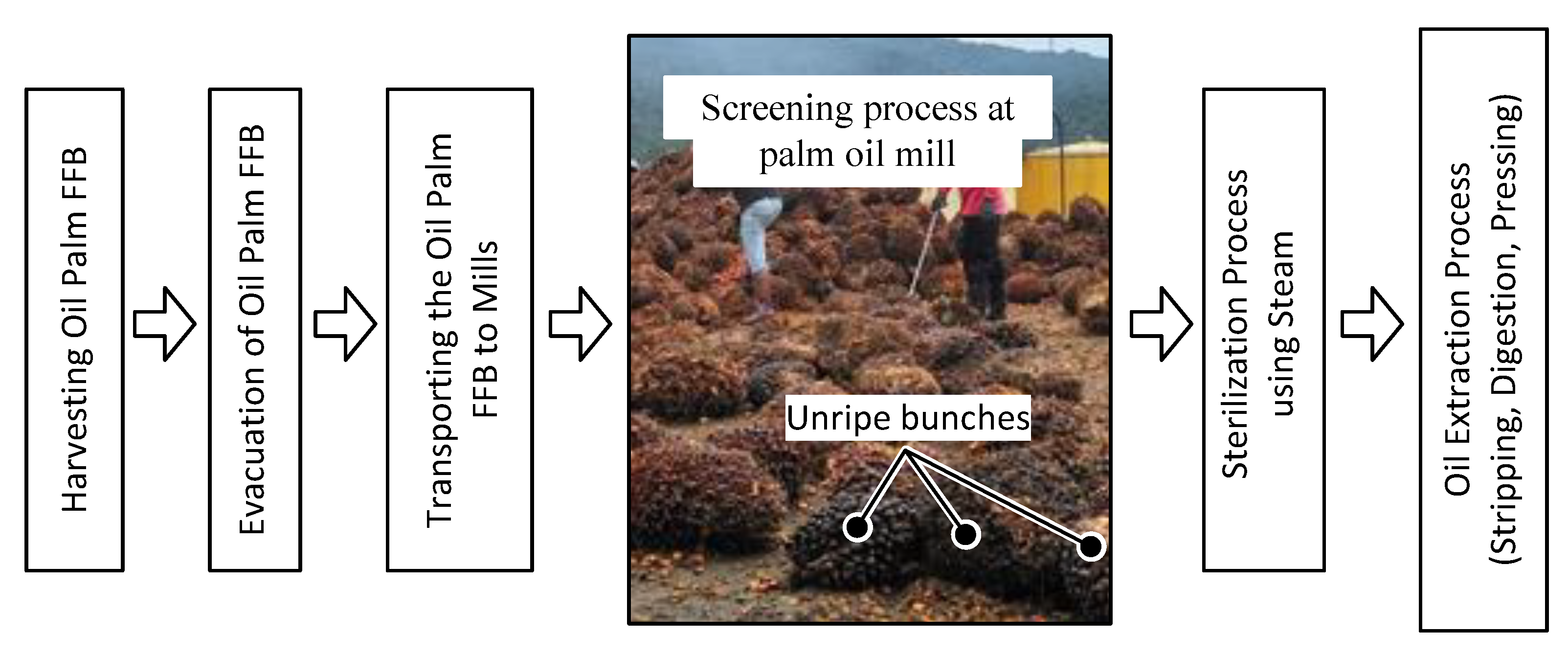
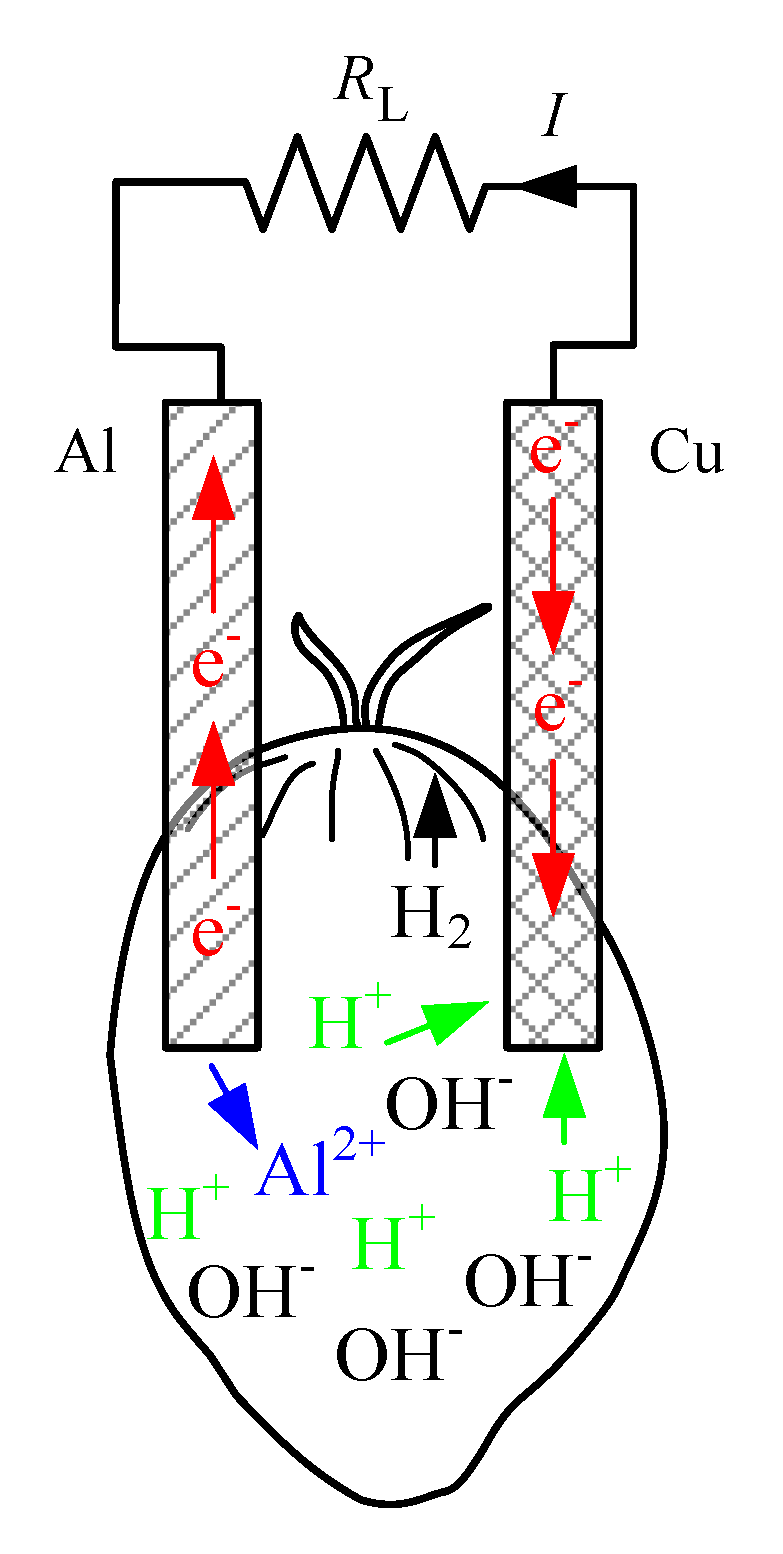
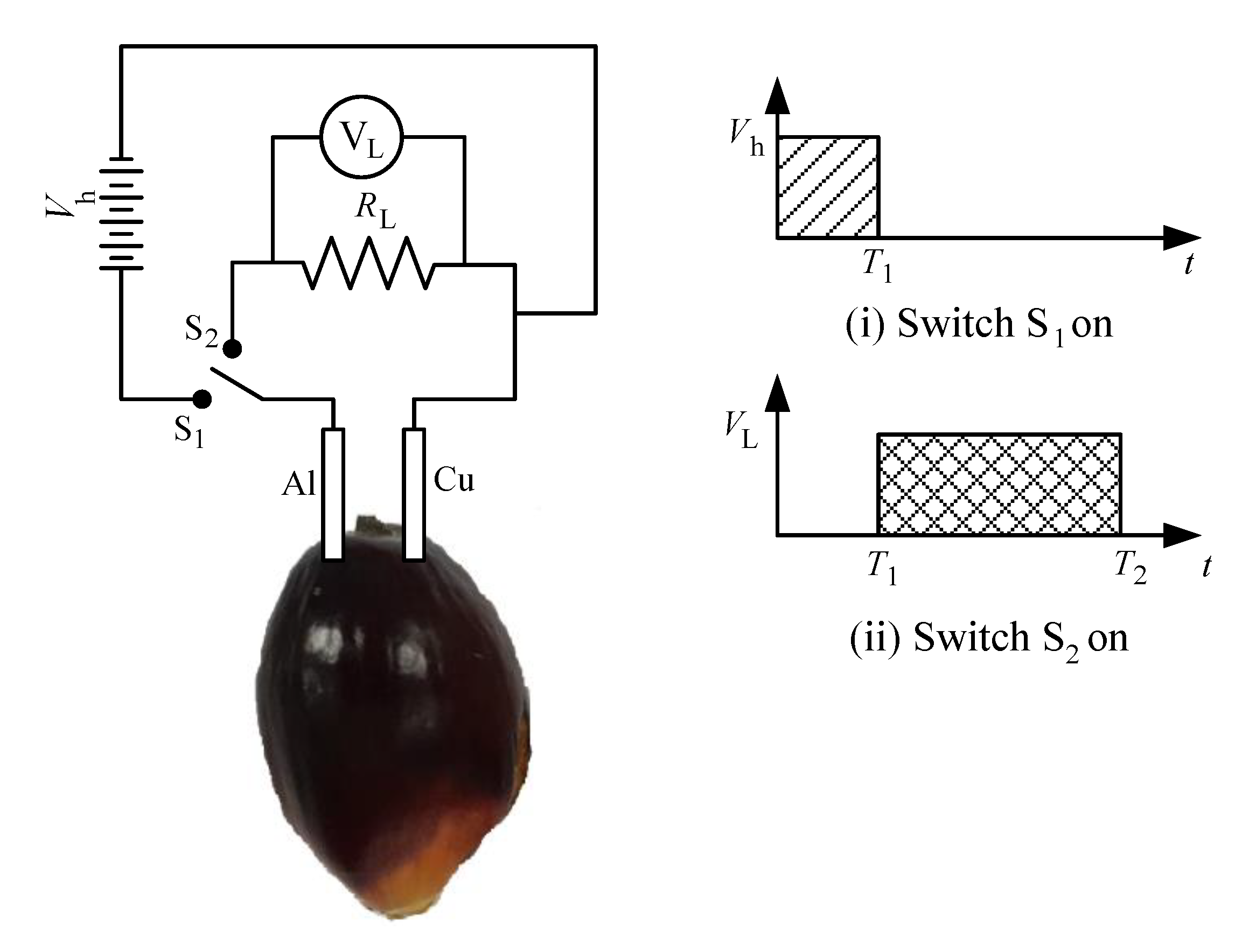
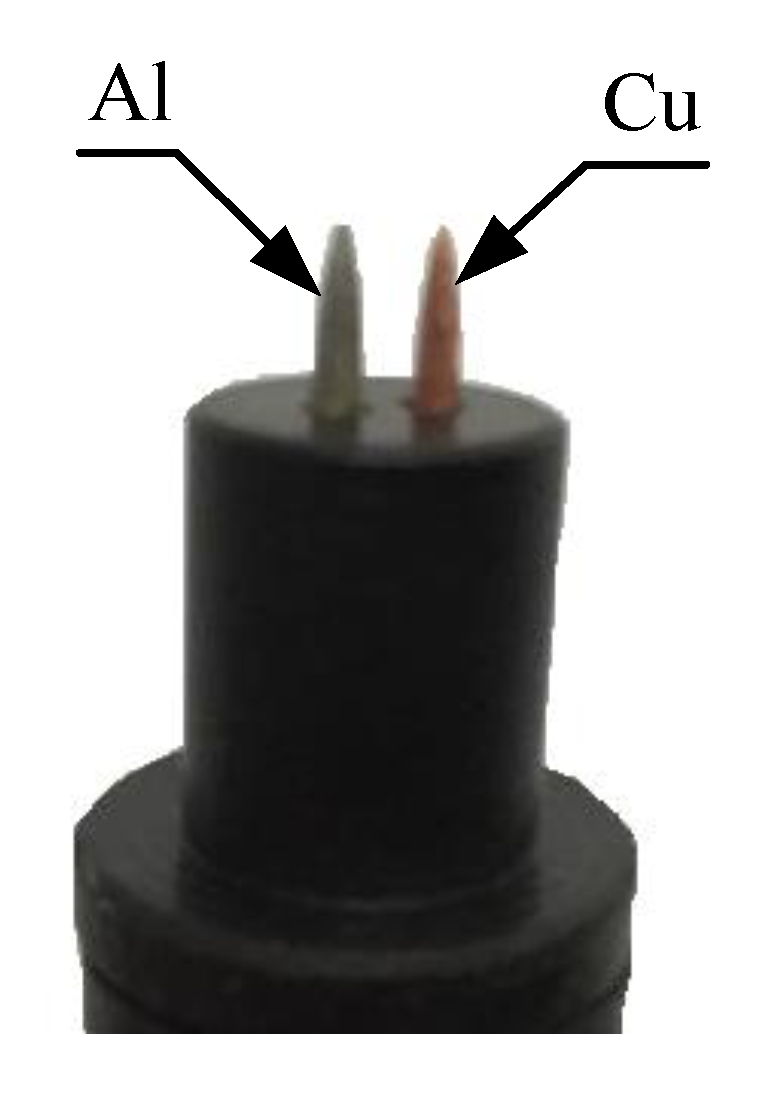
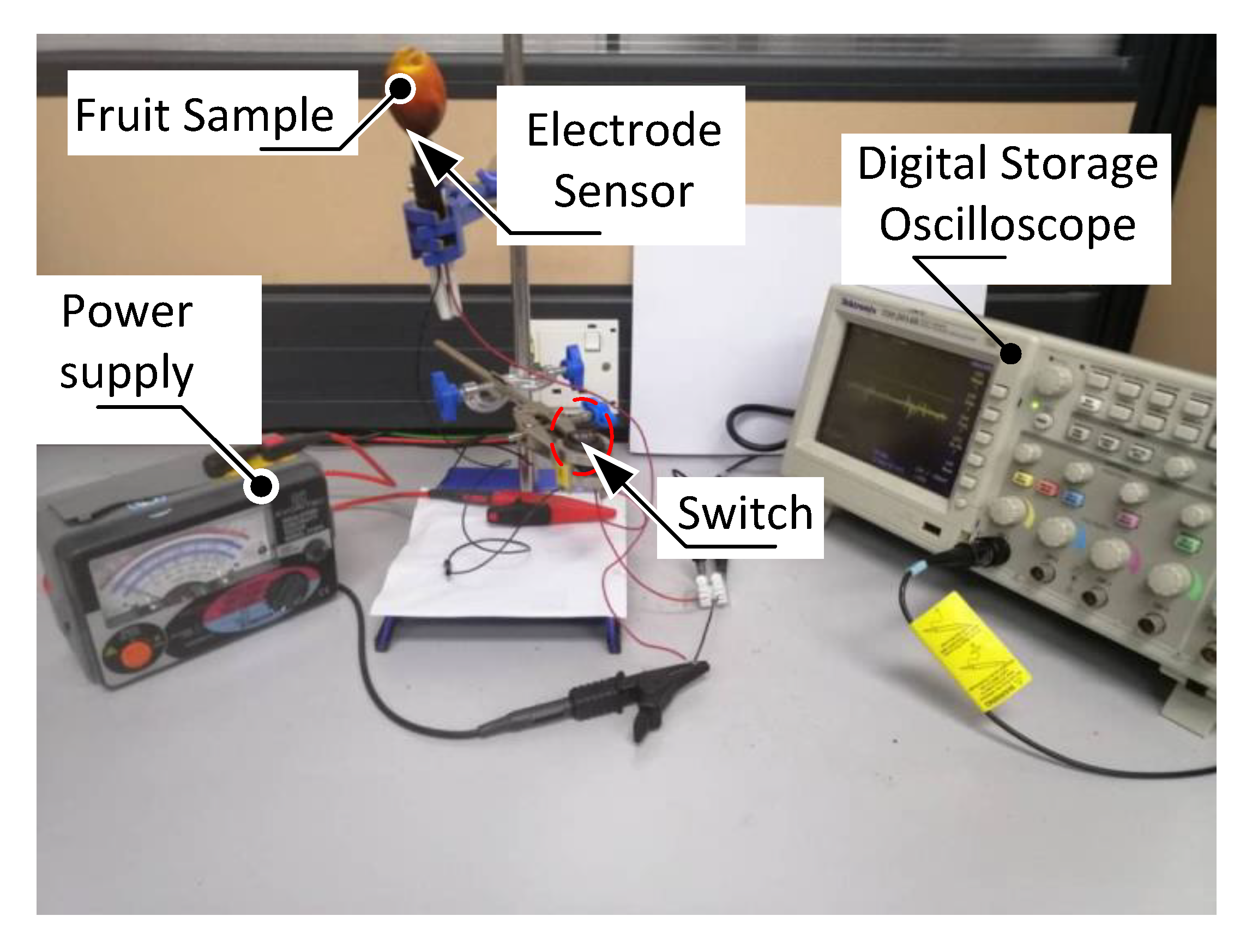
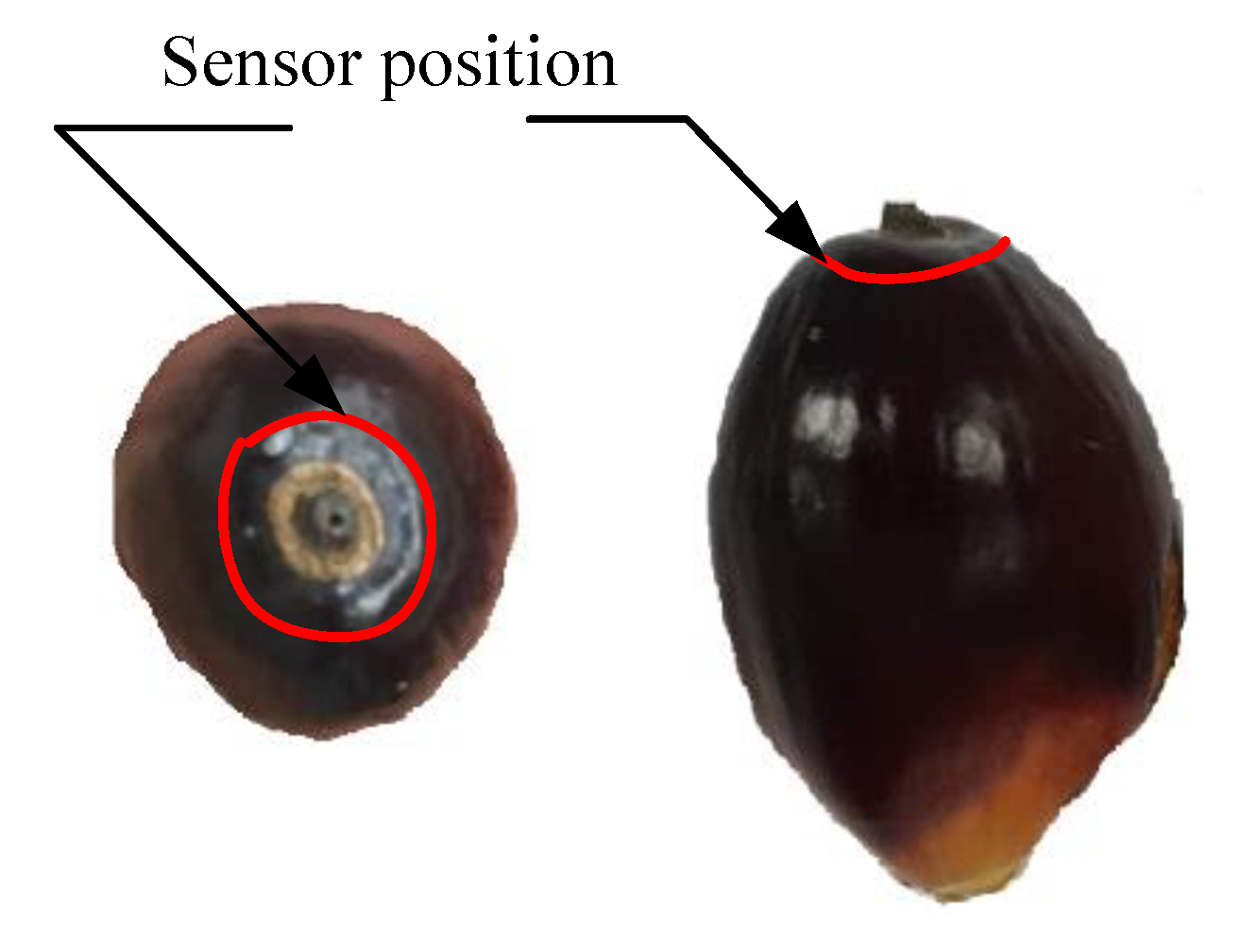


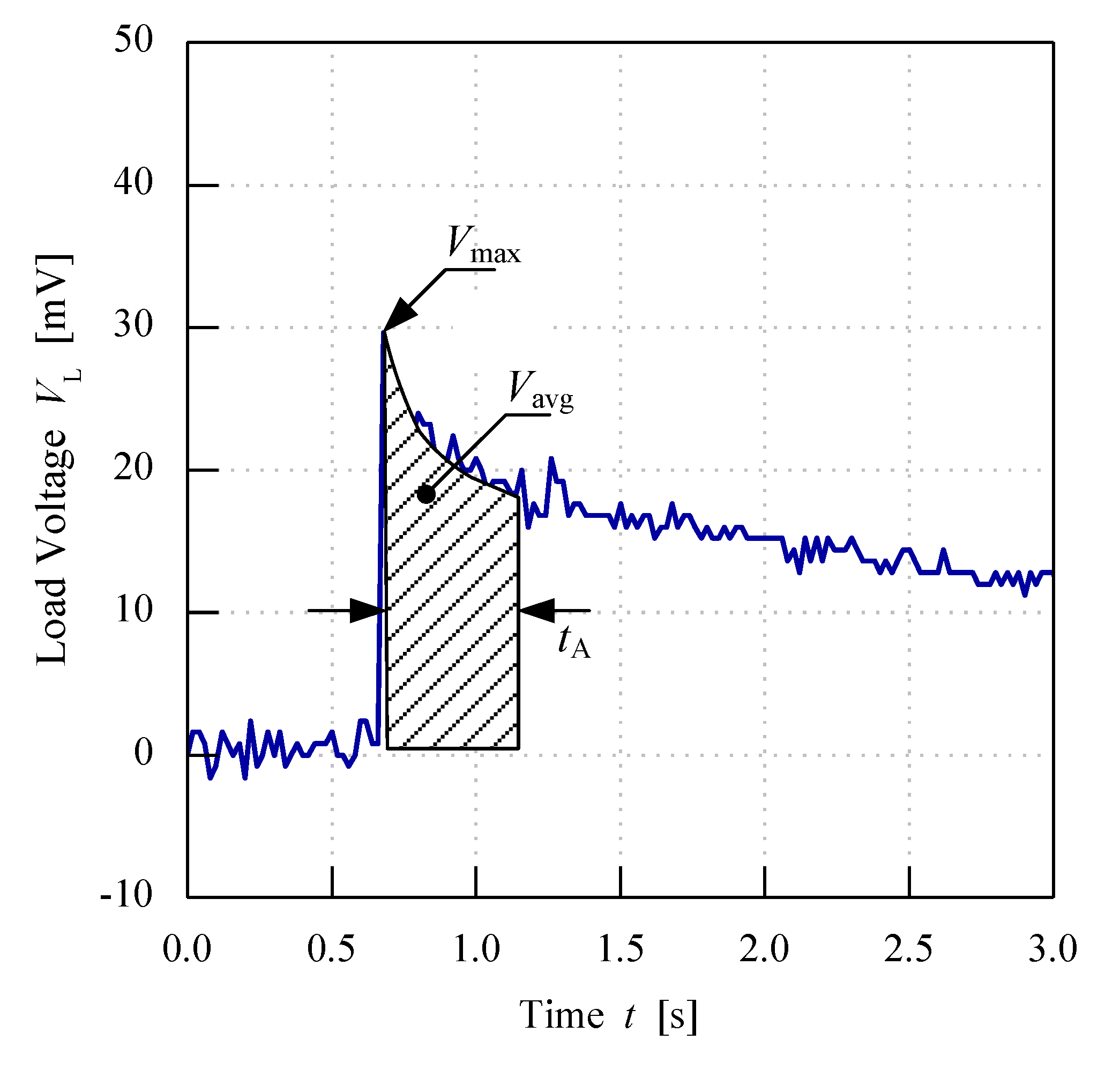

| Fruit Maturity Grade | Unripe | Under Ripe | Ripe | Over Ripe |
|---|---|---|---|---|
| Fruitlet Surface Color | Black to dark purple | Dark brown to dark orange | Dark red to yellow–orange | Orange |
| Loose Fruits on Ground | 0 | 0 to 5 | >10 | >50% of fruit |
| Loose Fruit Sockets on Bunch | 0 | <10 | >10 | >50% of fruit |
| Fruit Mesocarp Color | Yellow | Yellow–orange | Yellow–orange | Yellow–orange |
| Maturity Grade | Characteristics | Values | FFB Appearance | ||
|---|---|---|---|---|---|
| Vavg (mV) | Vmax (mV) | w (%) | |||
| Unripe | 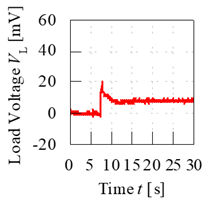 | 13.0 | 19.9 | 86.9 |  |
| Under Ripe | 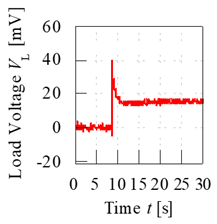 | 24.9 | 39.0 | 59.0 |  |
| Ripe 1 | 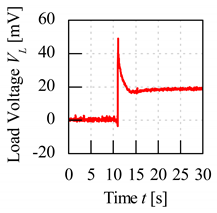 | 29.3 | 48.9 | 44.0 | 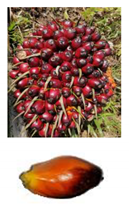 |
| Ripe 2 | 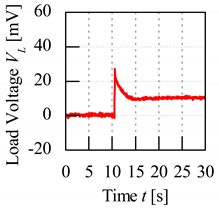 | 17.4 | 27.2 | 24.6 | 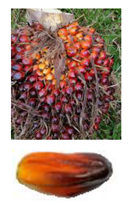 |
© 2019 by the authors. Licensee MDPI, Basel, Switzerland. This article is an open access article distributed under the terms and conditions of the Creative Commons Attribution (CC BY) license (http://creativecommons.org/licenses/by/4.0/).
Share and Cite
Misron, N.; Kamal Azhar, N.S.; Hamidon, M.N.; Aris, I.; Tashiro, K.; Nagata, H. Fruit Battery with Charging Concept for Oil Palm Maturity Sensor. Sensors 2020, 20, 226. https://doi.org/10.3390/s20010226
Misron N, Kamal Azhar NS, Hamidon MN, Aris I, Tashiro K, Nagata H. Fruit Battery with Charging Concept for Oil Palm Maturity Sensor. Sensors. 2020; 20(1):226. https://doi.org/10.3390/s20010226
Chicago/Turabian StyleMisron, Norhisam, Nisa Syakirah Kamal Azhar, Mohd Nizar Hamidon, Ishak Aris, Kunihisa Tashiro, and Hirokazu Nagata. 2020. "Fruit Battery with Charging Concept for Oil Palm Maturity Sensor" Sensors 20, no. 1: 226. https://doi.org/10.3390/s20010226
APA StyleMisron, N., Kamal Azhar, N. S., Hamidon, M. N., Aris, I., Tashiro, K., & Nagata, H. (2020). Fruit Battery with Charging Concept for Oil Palm Maturity Sensor. Sensors, 20(1), 226. https://doi.org/10.3390/s20010226





